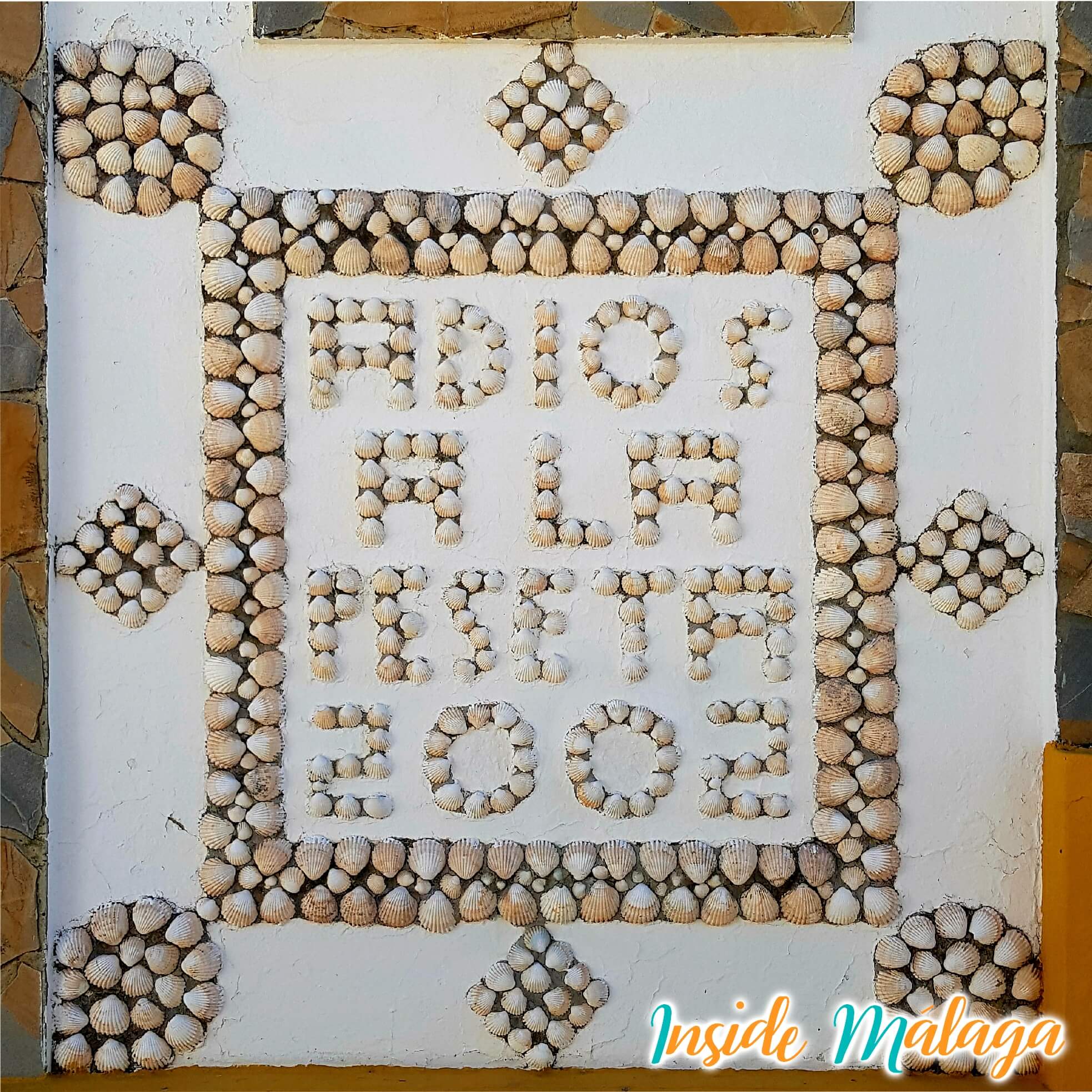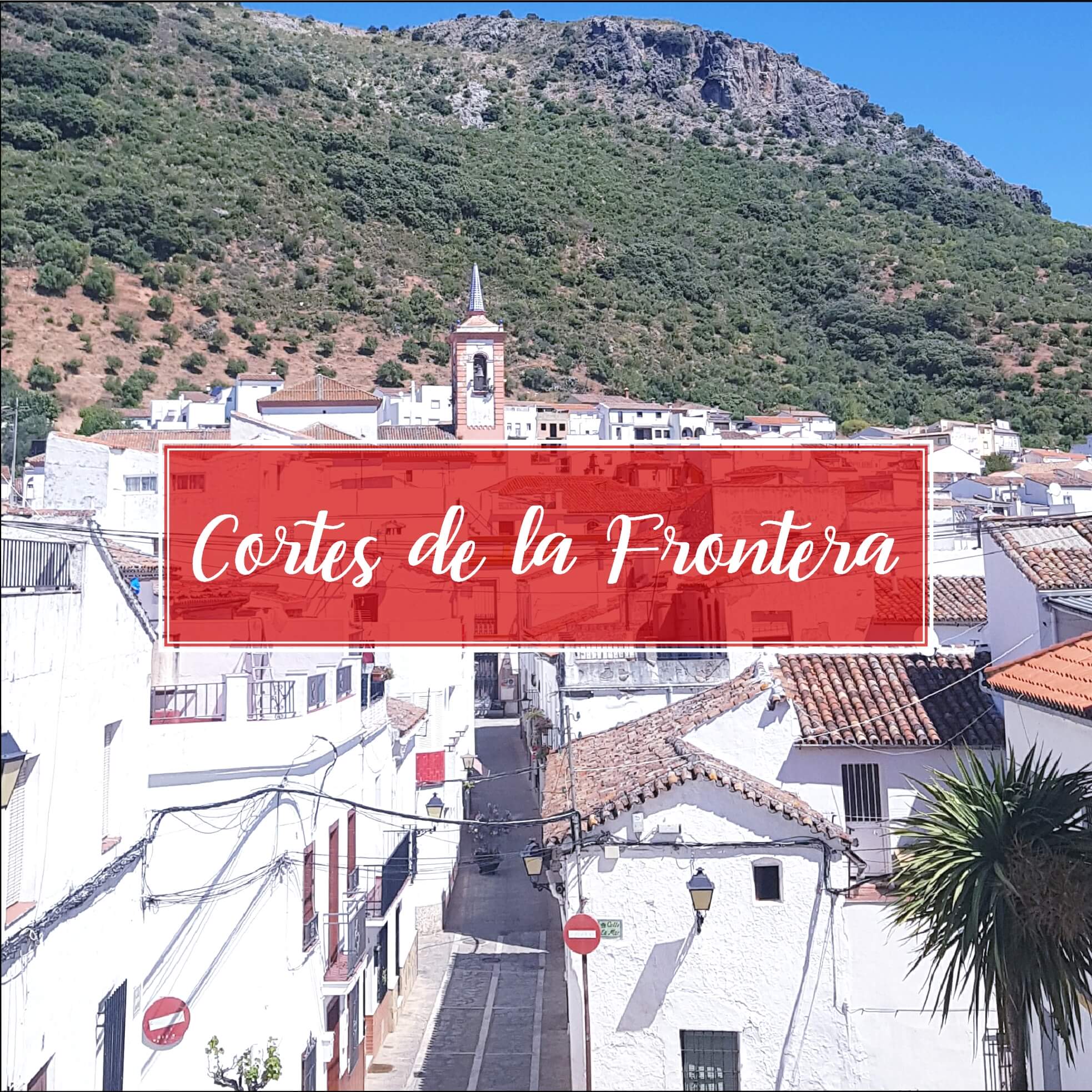Modern town with an ancient history with peculiar buildings surrounded by a natural green park of cork oaks.
Donde se ubica Cortes de la Frontera
Cortes de la Frontera is located 133km from Malaga capital with a population of 3.101 inhabitants. The municipal term has a dimension of almost 175,87m square.
Origin of the name of Cortes de la Frontera
During Roman times the settlement received the name of <Cortex> which means defense or armor.
Demonym of the people of Cortes de la Frontera
The inhabitants are called “cortesano or cortesana”.
Monuments and places of interest in Cortes de la Frontera
- Building of the Town Hall
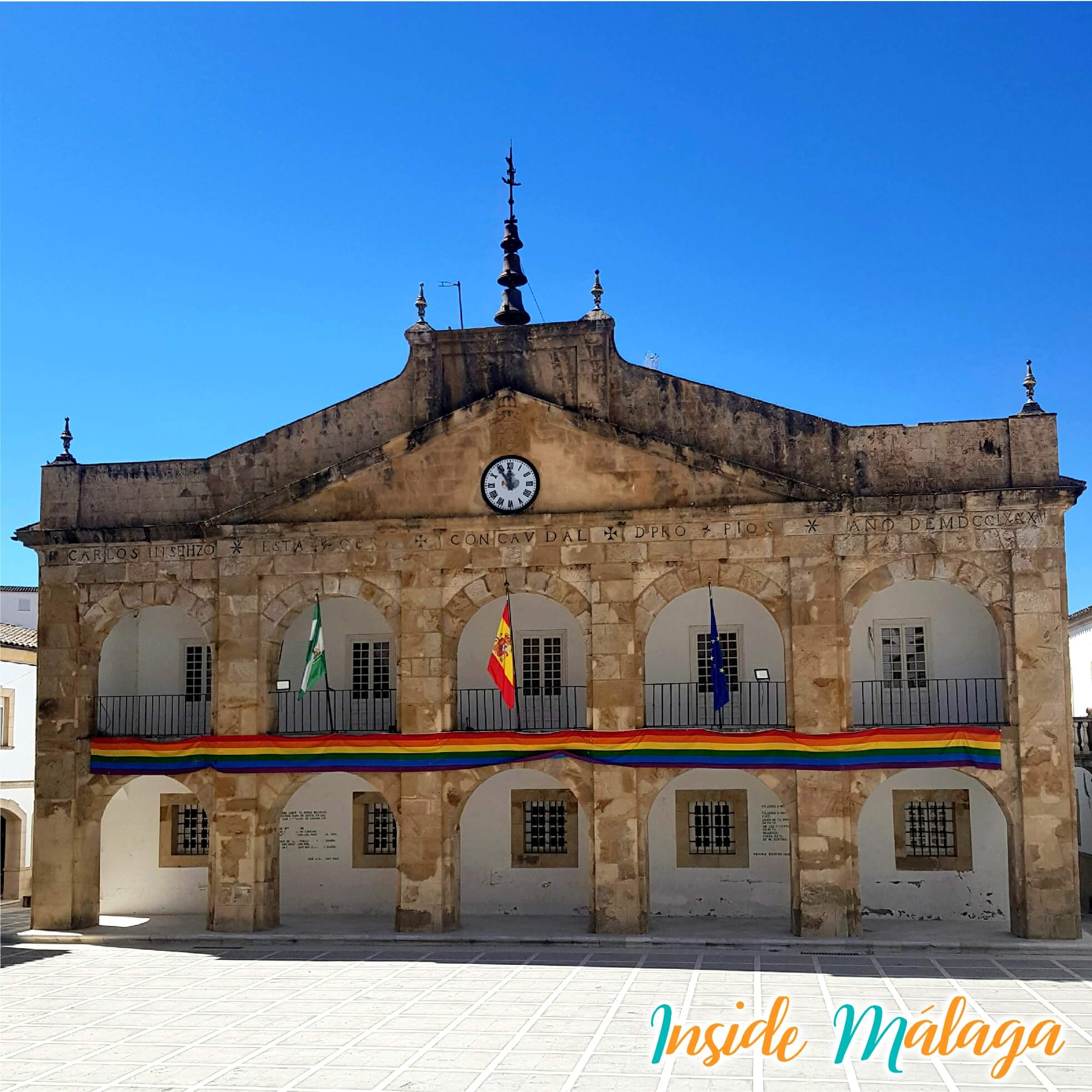
- La casa de piedra
- Church of Nuestra Señora del Rosario: On the construction of the church there is no exact or specific date, if there are references to the construction of an altarpiece in the seventeenth century. The interior is made up of three naves separated by semicircular arches on square columns. At the entrance of the temple there is a gallery and a choir protected by a wooden balustrade. The patron saints of Cortes de la Frontera are housed inside: San Roque and San Sebastián. From the outside we can highlight the ceramic needle that decorates the bell tower with a square floor plan.
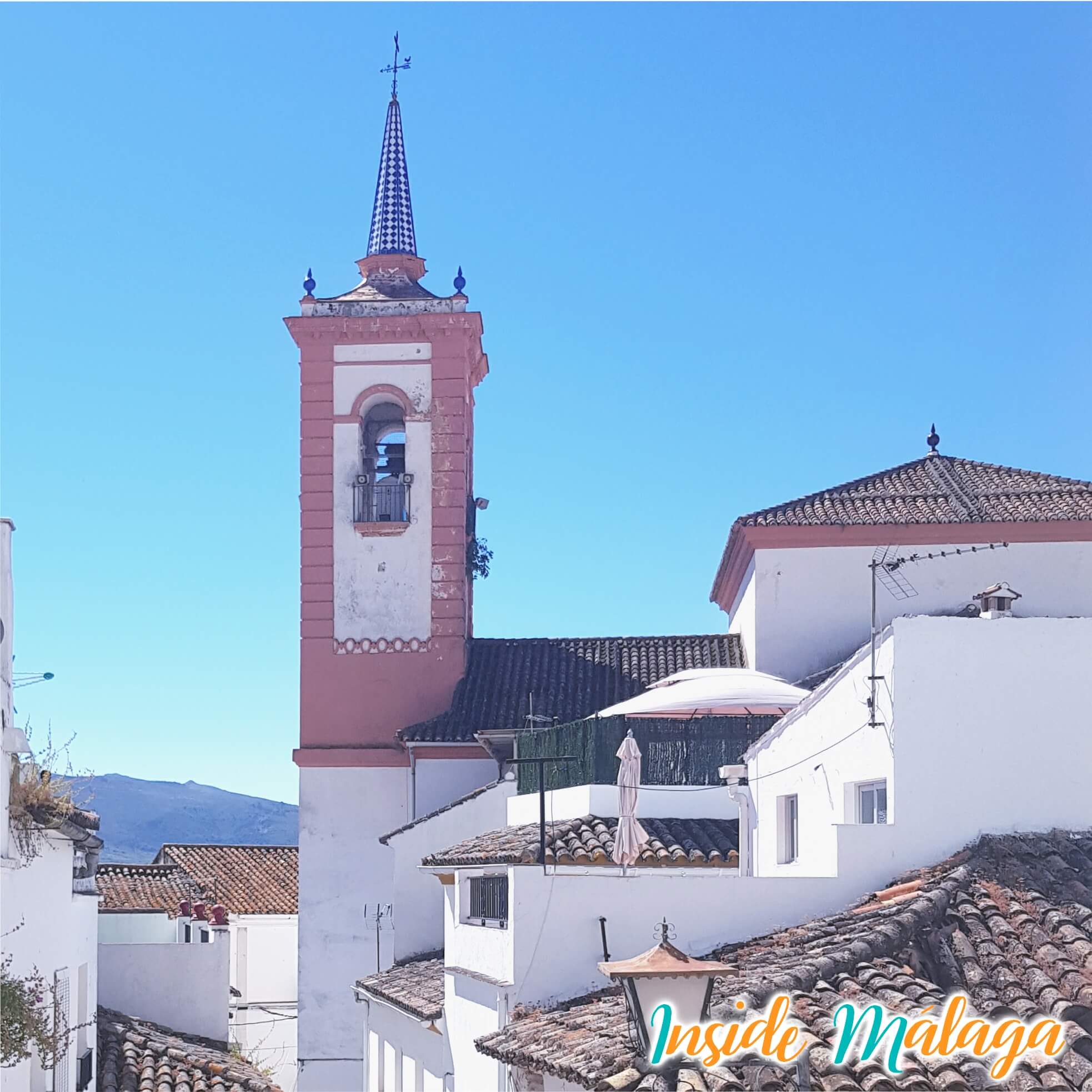
- Bullring: The bullring was built in 1894 and was completely restored in 1921. The arena measures 27.20 meters with a capacity for around 1000 spectators. Bullfights are held during the Cortes de Frontera fair. Together with the Ronda bullring, they are the only ones in the Serranía de Ronda.
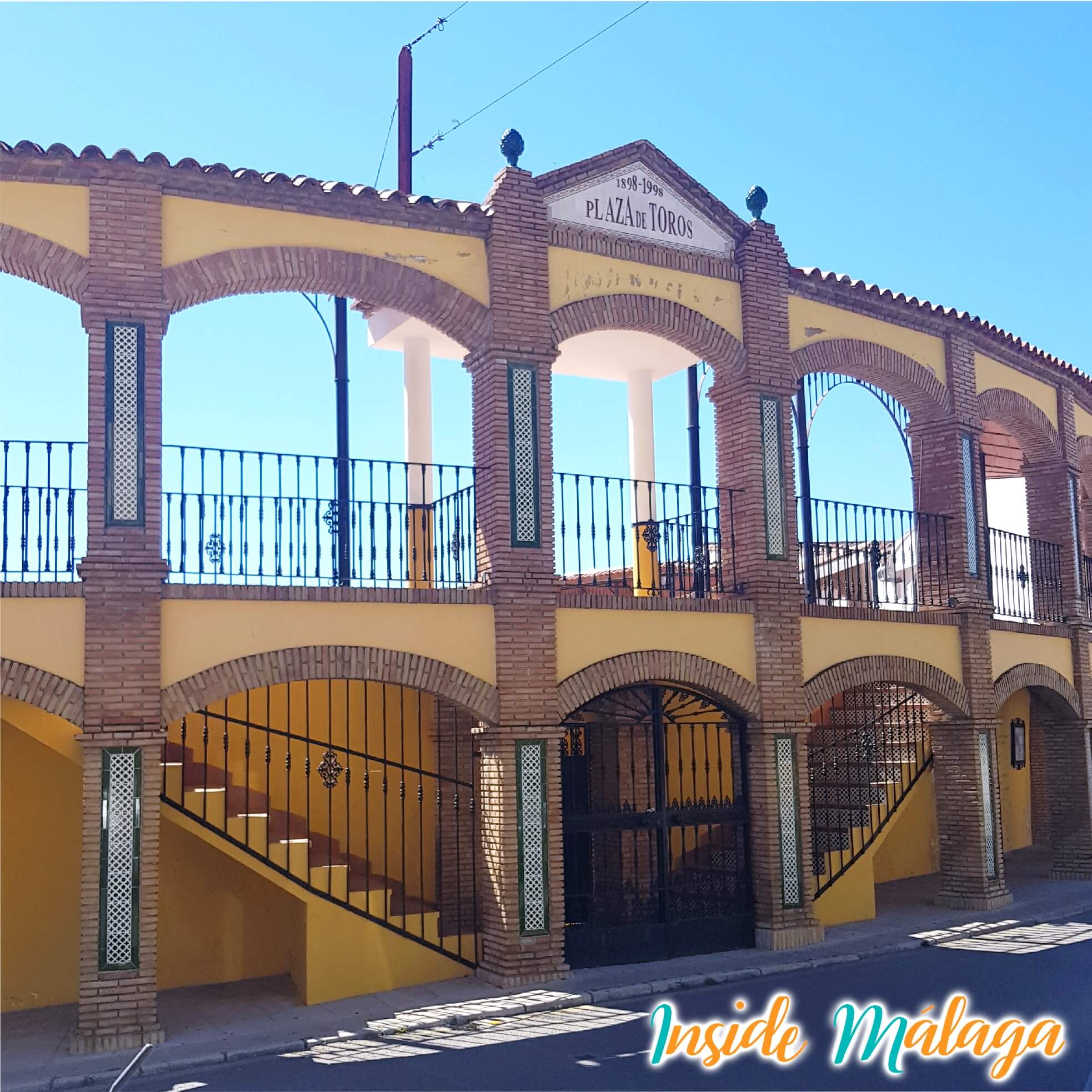
- Chapel and portico of Valdenebros: The chapel and house were built in 1760. The chapel was erected in a Baroque-Mudejar style but after several reforms, only the brick portal, a belfry and a niche have survived to this day. The house is popularly known as the “House of the Teats” due to the shape of the metal rivets on the gate.
This set of buildings belonged to the Valdenebro family whose best known figure is José Serrano Valdenebro born in Cortes de la Frontera (1743-1814) who was a naval officer who was appointed in 1810 as Commander in Chief of the Troops and Parties of Guerrillas in the Serranía de Ronda, a popular army that was organized during the Napoleonic invasion during the Spanish War of Independence (1808-1814).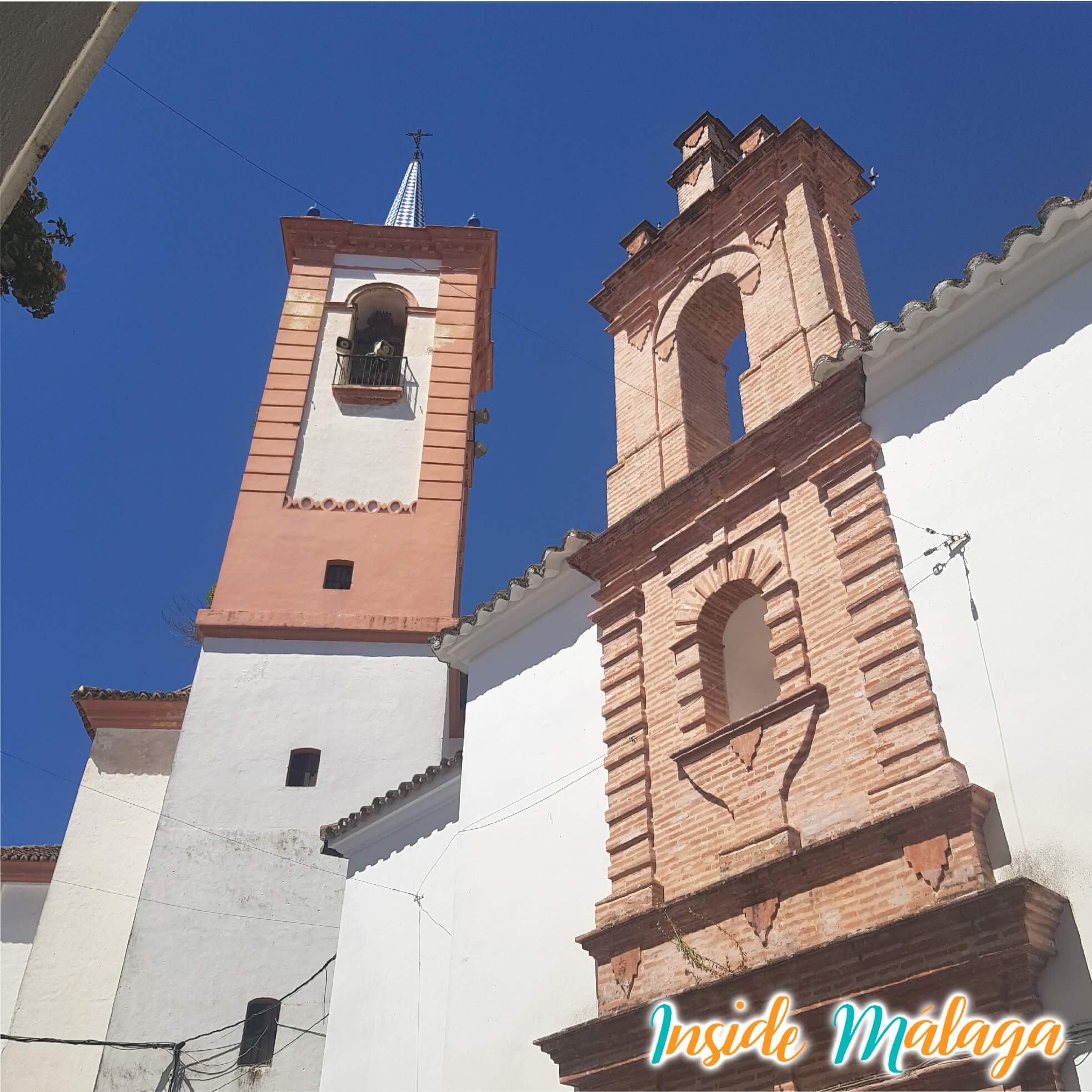
- Tower De Paso
- Cortes El Viejo
- Fountain of the 4 pipes
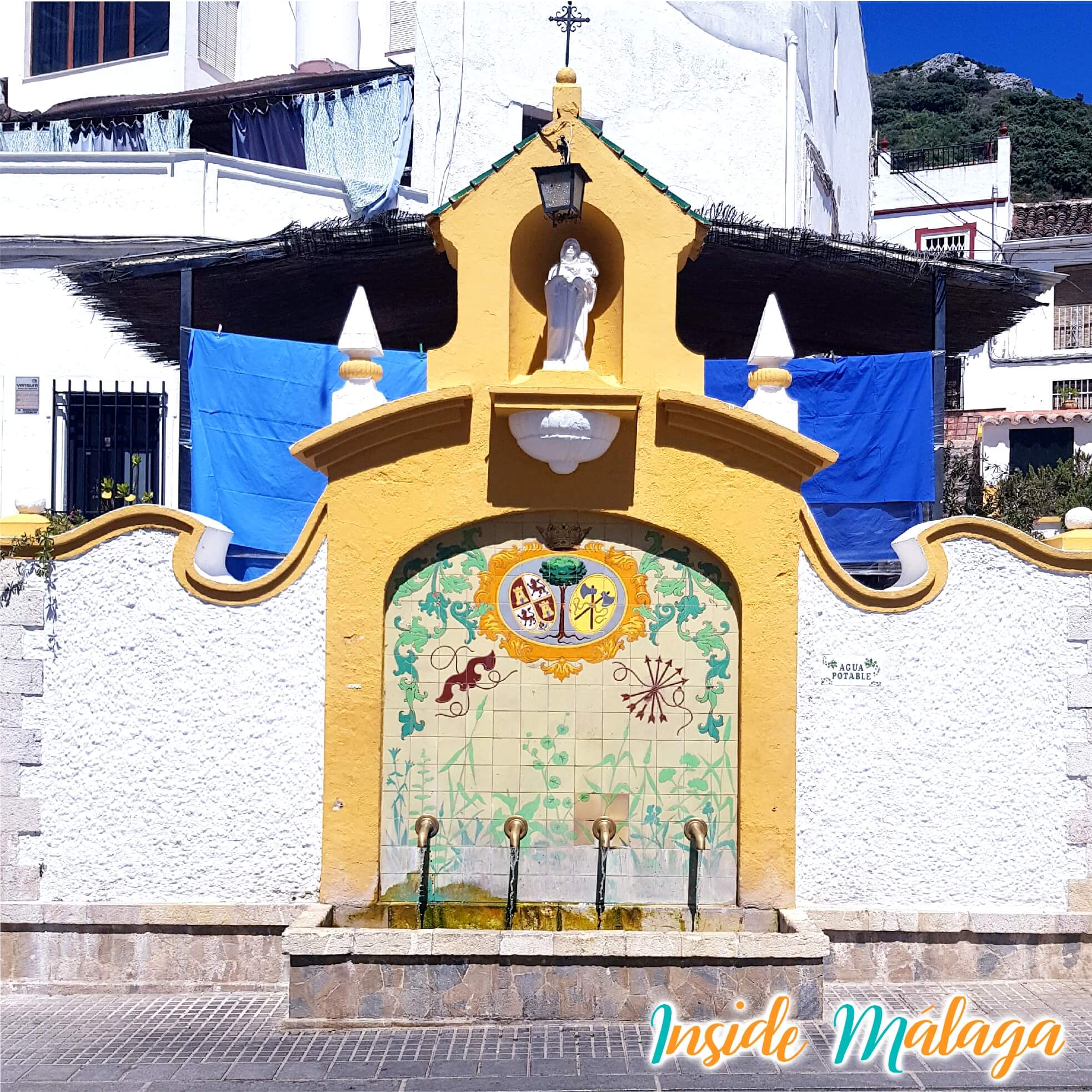
- Homage of the Peseta
